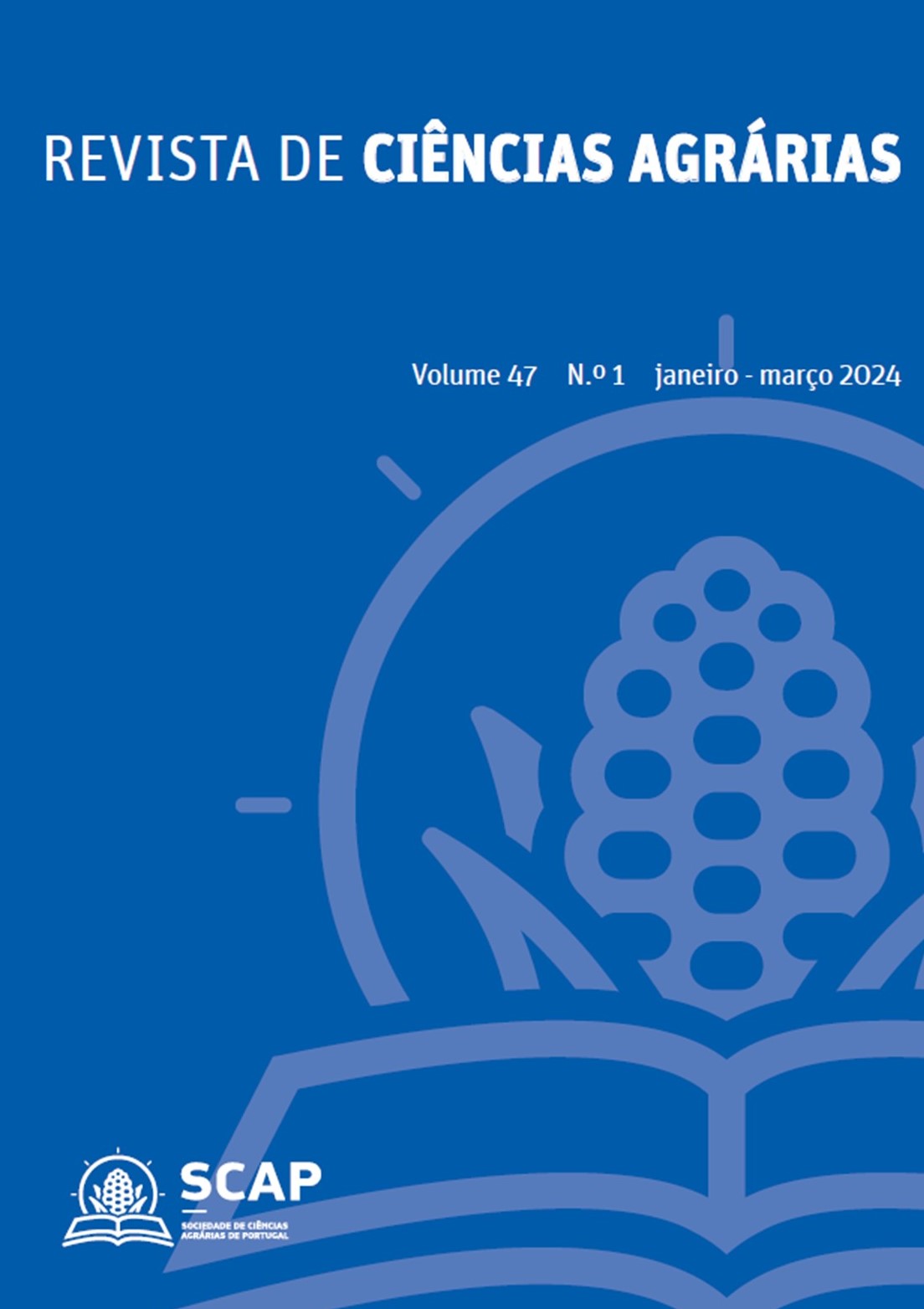Impacto del manejo localizado en el control de Sorghum halepense y el rendimiento del maíz
DOI:
https://doi.org/10.19084/rca.34977Resumo
Sorghum halepense (cañota) es una mala hierba que tiende a distribuirse espacialmente de forma agregada en los cultivos de maíz. En un estudio de dos años realizado en La Poveda (CSIC, Madrid), se investigó la eficacia de la Agricultura de Precisión (AP) en su control, mediante: 1) el seguimiento de la dinámica espacio-temporal de los rodales de cañota en
un campo de maíz con el procesamiento de imágenes aéreas UAV; 2) la aplicación localizada del herbicida nicosulfuron según el mapa generado en etapa temprana con imágenes aéreas; y 3) la cuantificación del rendimiento del cultivo en áreas tratadas y no tratadas con cañota, así como libres de mala hierba. El análisis del mapa previo al tratamiento herbicida en 2022 reveló una distribución aleatoria de cañota, con rodales de tamaño medio de 0,4 m2, variando entre 0,01 m² y 5 m². Las parcelas tratadas con herbicida localizado mostraron un control del crecimiento espacial, evidenciado en la campaña siguiente (2023) con un tamaño promedio de 1,0 m2, oscilando entre 0,02 m² y 12 m². En contraste, los rodales no tratados aumentaron significativamente su tamaño (media 3,8 m2; rango entre 0,01 m² y 122 m²).
El rendimiento disminuyó notablemente en zonas infestadas sin tratamiento respecto a las zonas tratadas y/o libres de cañota. Estos resultados subrayan las ventajas de la AP en el control de la cañota, demostrando cómo la detección y manejo localizado de rodales podrían reducir hasta un 95% el uso de herbicidas y mitigar la competencia con el cultivo de maíz.


